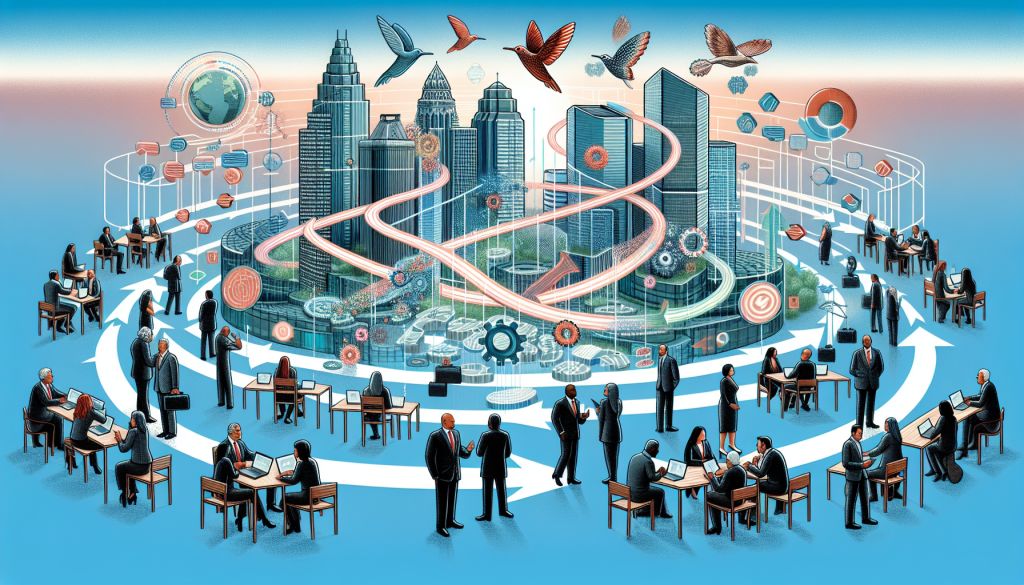In the realm of project management, two popular methodologies often come to the forefront: Agile and Waterfall. Inclusive Leadership in Agile Environments . Each approach has its own set of characteristics, advantages, and disadvantages, making it crucial for organisations to carefully consider which method best suits their needs.
Waterfall, the traditional project management methodology, follows a linear, sequential approach. It involves distinct phases such as planning, design, development, testing, and deployment, with each phase dependent on the completion of the one before it. This rigid structure can be beneficial for projects with clearly defined requirements and deliverables, as it allows for a detailed plan to be established from the outset.
On the other hand, Agile is a more flexible and iterative approach to project management. It emphasises collaboration, adaptability, and the ability to respond to change quickly. Agile projects are broken down into smaller, manageable increments known as sprints, with regular feedback and adjustments made throughout the process. This methodology is particularly well-suited to projects with evolving requirements or where stakeholders are unsure of the final outcome.
One of the key differences between Agile and Waterfall is their approach to risk management. Waterfall projects tend to have a higher risk of failure due to their sequential nature, as any issues that arise late in the project lifecycle can be difficult and costly to rectify. In contrast, Agile projects are designed to be more resilient to change, with regular feedback loops allowing for quicker identification and resolution of potential issues.

Another significant difference between the two methodologies is their approach to stakeholder engagement. Waterfall projects often involve less direct collaboration with stakeholders, as the project plan is typically finalised before development begins. In contrast, Agile projects encourage continuous stakeholder involvement, with regular meetings and demonstrations to ensure that the project is meeting the needs of all parties involved.
In conclusion, the choice between Agile and Waterfall ultimately depends on the specific requirements and constraints of a project. Waterfall may be more appropriate for projects with well-defined requirements and a clear path to completion, while Agile is better suited to projects that require flexibility, adaptability, and ongoing stakeholder engagement. By carefully considering the strengths and weaknesses of each methodology, organisations can make an informed decision that aligns with their project goals and objectives.